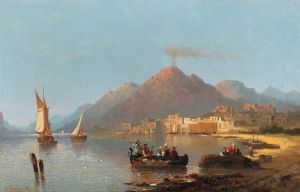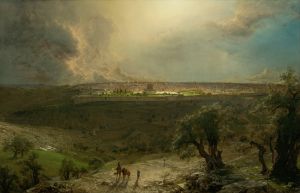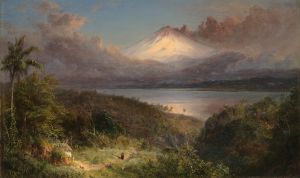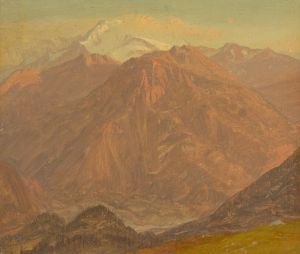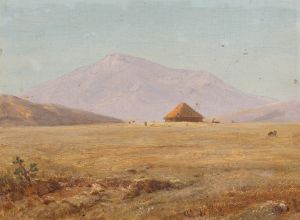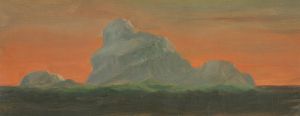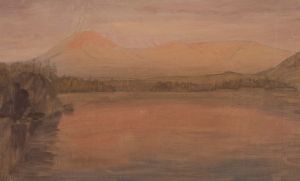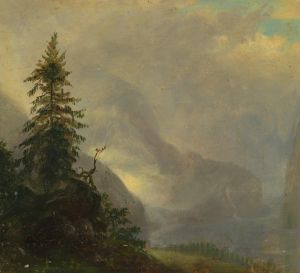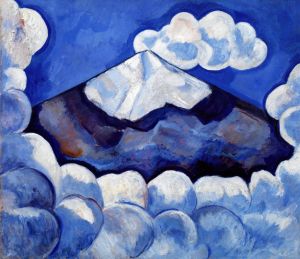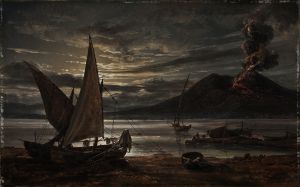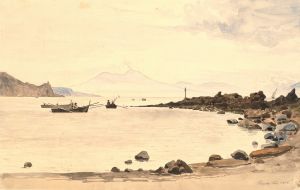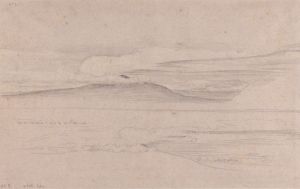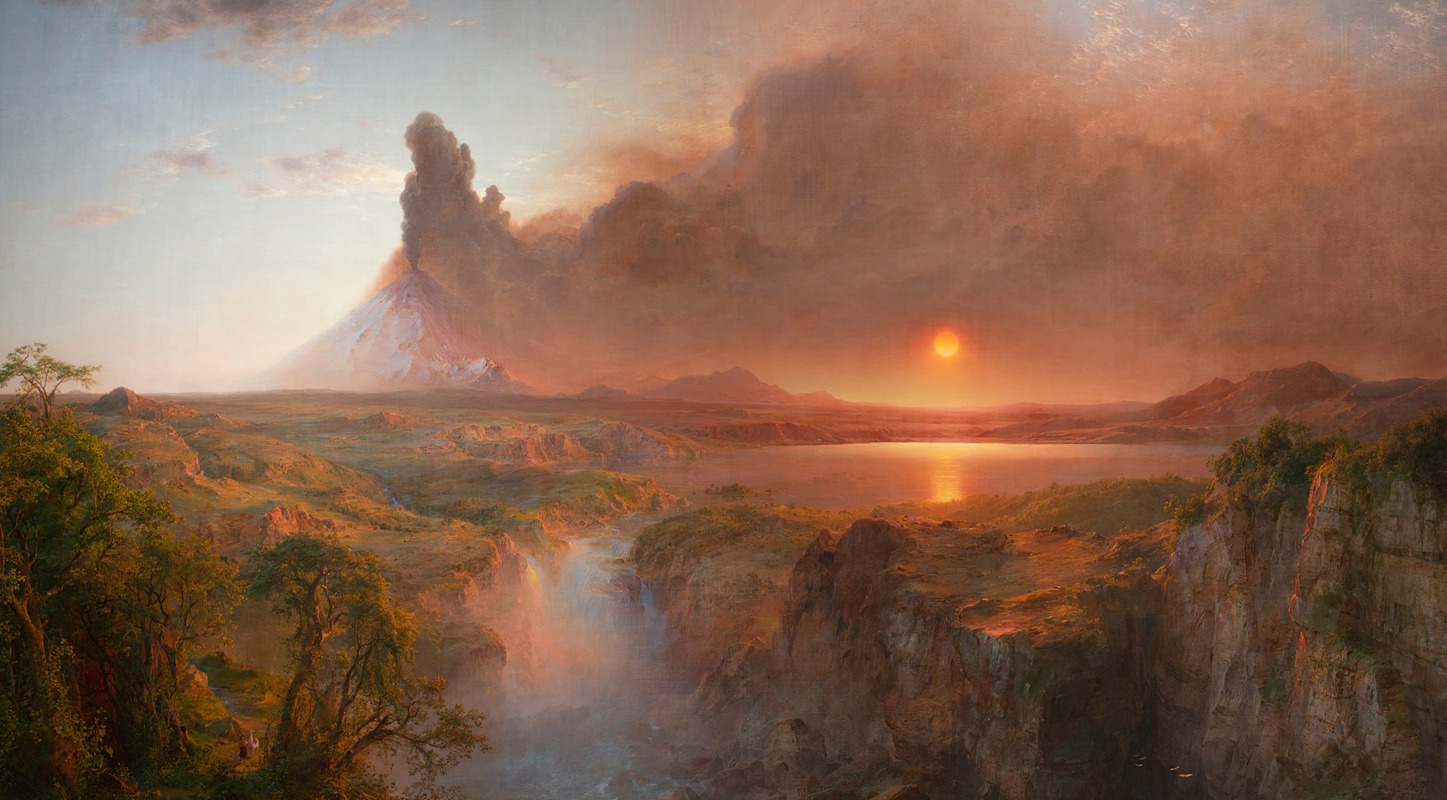
Cotopaxi
A hand-painted replica of Frederic Edwin Church’s masterpiece Cotopaxi, meticulously crafted by professional artists to capture the true essence of the original. Each piece is created with museum-quality canvas and rare mineral pigments, carefully painted by experienced artists with delicate brushstrokes and rich, layered colors to perfectly recreate the texture of the original artwork. Unlike machine-printed reproductions, this hand-painted version brings the painting to life, infused with the artist’s emotions and skill in every stroke. Whether for personal collection or home decoration, it instantly elevates the artistic atmosphere of any space.
Frederic Edwin Church's Cotopaxi is a celebrated painting by the prominent American landscape artist associated with the Hudson River School. Completed in 1862, the work depicts the dramatic eruption of the Cotopaxi volcano in Ecuador, showcasing Church's fascination with the sublime power of nature and his meticulous attention to detail. The painting is widely regarded as one of Church's masterpieces and a significant example of 19th-century American landscape art.
Church was known for his extensive travels, which inspired much of his work. His journey to South America in the 1850s, following in the footsteps of the German naturalist Alexander von Humboldt, provided the foundation for many of his iconic paintings. Humboldt's writings, which emphasized the interconnectedness of nature and the grandeur of the South American landscape, greatly influenced Church. Cotopaxi, one of the highest active volcanoes in the world, became a recurring subject in Church's art, symbolizing both the destructive and regenerative forces of nature.
The 1862 version of Cotopaxi is particularly notable for its dramatic composition and use of light. The painting captures the volcano mid-eruption, with a plume of ash and smoke rising into the sky, illuminated by the warm glow of the rising or setting sun. The foreground features a serene lake and lush vegetation, contrasting with the violent activity of the volcano in the background. This juxtaposition of tranquility and chaos reflects Church's ability to convey both the beauty and the power of the natural world.
The painting also carries historical and cultural significance. Created during the American Civil War, some art historians have interpreted Cotopaxi as an allegory for the turmoil and destruction of the conflict. However, Church himself did not explicitly state such an intention, and the painting remains open to interpretation.
Today, Cotopaxi is housed in the collection of the Detroit Institute of Arts in Detroit, Michigan. It continues to be admired for its technical brilliance, emotional impact, and the way it encapsulates the spirit of exploration and discovery that characterized the 19th century. Church's ability to combine scientific observation with artistic imagination has solidified his reputation as one of America's greatest landscape painters.





